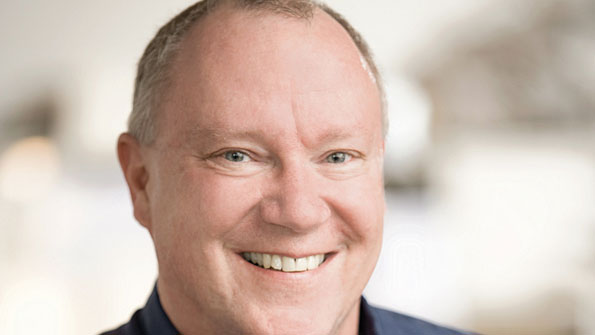Yet another 911 funding tale of woe
A couple of weeks ago, I wrote a column about the funding woes that continue to plague the 911 sector. It seems to be the never-ending story. Maybe that will change after the blue-ribbon committee convened by the National 911 Program makes its recommendations next year. Hopefully the committee will come up with a completely new approach, because the current one clearly isn’t working.
In the meantime, I suspect that I will continue to receive phone calls and e-mails like the one I got this week in response to my column from Dominic Villecco. He is president of V-Comm, a Cranbury, N.J.–based engineering firm that does work for public-safety agencies and commercial wireless carriers. Villecco also is a board member of the New Jersey Wireless Association (NJWA), a 1,400-member-strong organization of wireless industry professionals that primarily focuses on raising money for charities. But occasionally the NJWA takes on a cause, and right now it’s 911-sector funding, Villecco said.
I spoke with both Villecco and Rob Ivanhoff, vice president of the NJWA board, this morning. They told me that 90 cents are collected each month from every wireline, wireless and VoIP subscriber, which translates to about $150 million each year. The money funnels into a trust fund created specifically to support 911 service; the fund is an element of the state budget managed by the N.J. Department of the Treasury. That’s the good news.
The bad news is that since 2009, no money from the fund — not a single penny — has made its way to the county level, where most 911 calls in the state are handled. The state has readily acknowledged this fact in FCC filings, according to Villecco and Ivanhoff. Even before 2009, not much money made it to the county level — Villecco said that high-water mark in any one year was $30 million, or about 20% of what was collected. On a per-county basis, that comes to roughly $100,000—which doesn’t buy much.
Shocking, isn’t it?
Of course, you know as well as I that “shocking” isn’t the right word to describe this situation, because this sort of thing has been going on for years. “Appalling” seems more appropriate. So where does the money go? According to Villecco and Ivanhoff, most of it gets funneled to the state police, which operates and maintains the selective routing system — but the money isn’t always used for 911; often it is used to support other communications systems, and occasionally for non-communications-related items. Meanwhile, actual emergency calls are handled in most instances by public-safety answering points at the county level — and they get squat.
This is vexing for a couple of reasons. First, system upgrades generally are out of the question; indeed, there are some PSAPs in that state that still aren’t Enhanced 911, Phase 2–compliant. And forget about a migration to next-generation technology, which appears to be a fantasy at this point. Second, when something goes awry, the money for the repair comes out of the county’s general fund, when it should come — at least theoretically — out of the 911 trust fund.
“Residents in the state are getting double-dipped — and this is just wrong,” Villecco said.
Both Villecco and Ivanhoff think it’s ridiculous that even though New Jersey is in the top-five states nationwide regarding the amount of money collected to support 911 service, its counties don’t have enough money to maintain basic operations. It seems difficult to disagree.
So, in this environment, how does NG-911 become feasible? Reallocating a chunk of the $130 million collected each year to the counties seems to be the simple, logical solution. But Ivanhoff doesn’t think that will happen. Instead, he predicts that the state will try to increase the fee that’s collected from the wireline, wireless and VoIP service providers — and he doesn’t think they’re going to go for it.
“They’re going to go to the carriers and say, ‘Instead of 90 cents, we want to make it a buck and a quarter,” Ivanhoff said. “But the carriers are very aware of the total amount of taxation that goes into wireless bills. It’s already 16% to 18%, depending on the state. At that point in time, the carriers are going to say, ‘No.’ Instead, they’re going to start a grassroots effort with their customers saying, ‘Look, you need to call Trenton, because they’re already getting [$130 million] a year that they’ve been wasting.’”
I’m not sure what they would expect to accomplish by calling state legislators; according to Villecco, public officials have been doing that of late, and the message doesn’t seem to be getting through. “I know one guy who said to me, ‘I’m a 911 commissioner and I’ve had screaming matches in Trenton, explaining that we need to get this money to do these things, that you’ve put … mandates on us to do things and we don’t have the money to do it … and it falls on deaf ears.’”
As I wrote in the first paragraph, we need a new model — and soon.















